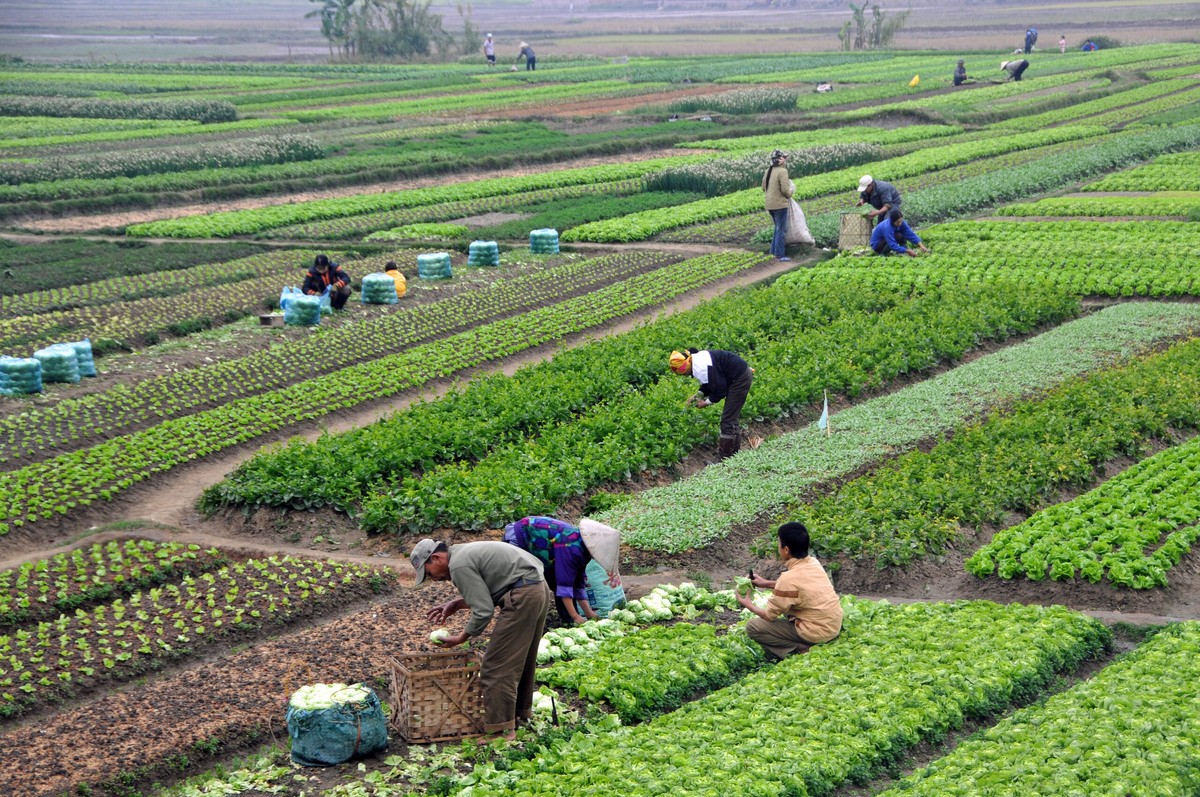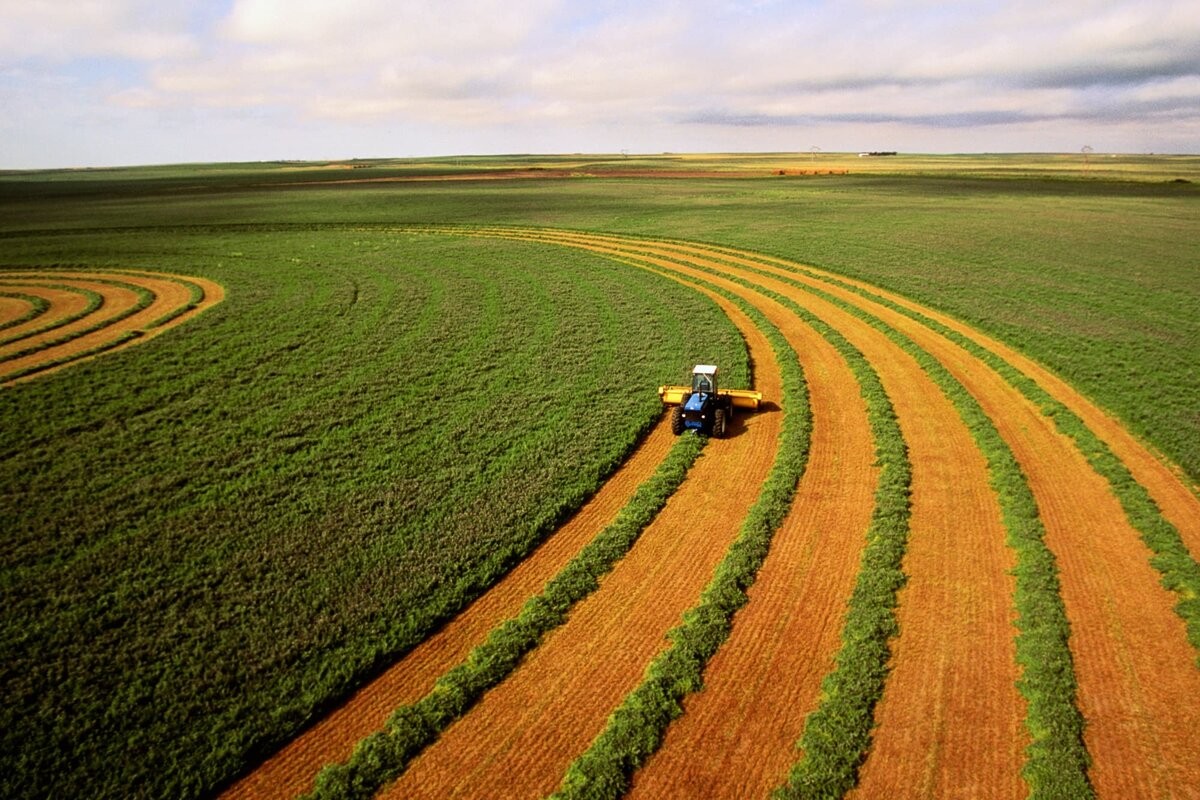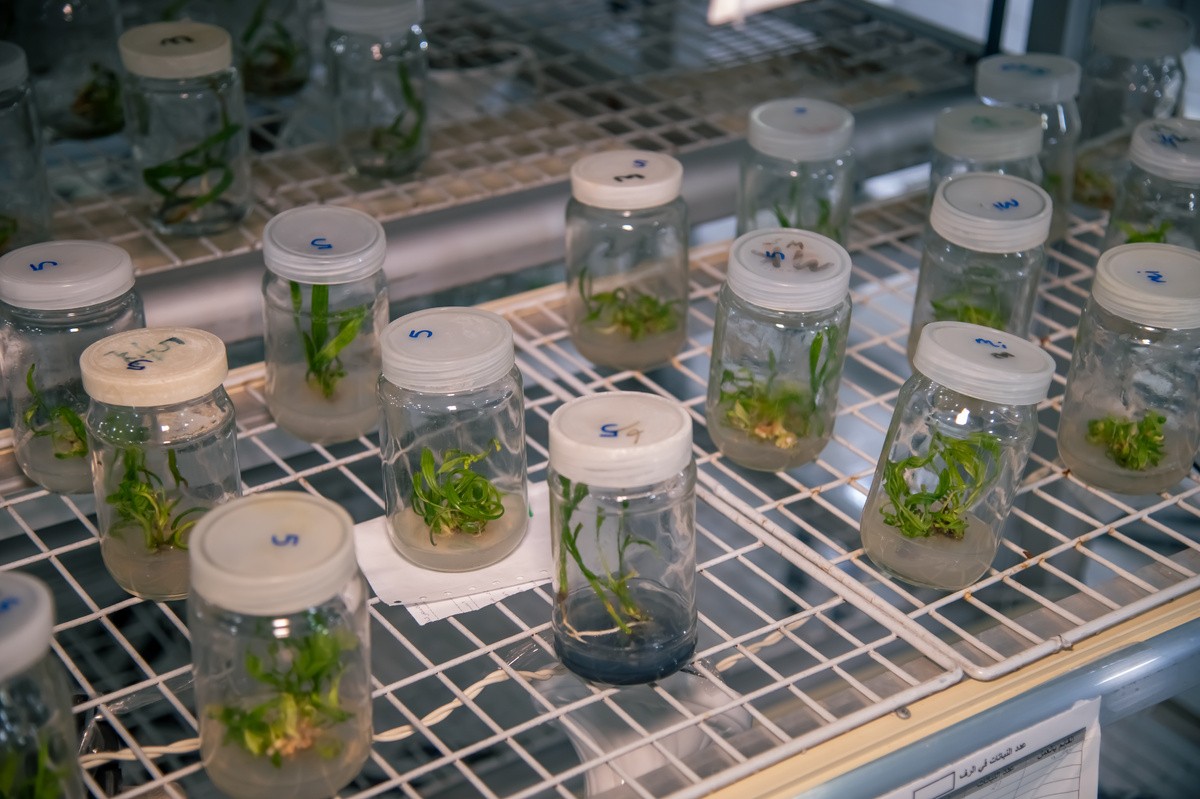Desert, Wealth, and a Dream: Saudi Arabia's Quest to Grow Food in a Sea of Sand
Saudi Arabia, a global oil power, is pursuing a radically different project: turning its vast deserts into farmland to feed itself. Even for a country with wealth, the climate is harsh for farming: only 1.6% of the land is arable, 0.1% is used for perennial crops, and the rest is desert. Daytime heat can reach 40°C, with nights dropping toward freezing. Inside Vision 2030, agriculture has been added to the plan: to reduce dependence on imports and to have half of the ordinary Saudi diet produced on domestic farms within five years.
In This Article:
The Geography of Limitation: Where Water Comes From in a Waterless Nation
Of the 2.15 million square kilometers, only 7,575 square kilometers are irrigated. Water is scarce because there are no permanent rivers, lakes, or other freshwater sources. To water crops, authorities desalinate seawater, exploit groundwater, or wait for rare rainfall. In practice, irrigation depends on costly, energy-intensive desalination and careful water management. Where farming exists, it is concentrated near oases like El-Hasa, where natural springs offer a rare alternative to energy-intensive production.

Vision 2030: Turning a Desert into a Food Nation
Vision 2030 includes bold ambitions, including aiming to control 3% of the world’s wealth and transforming the housing and economy to fuel progress rather than stagnation. A core goal is to reduce import dependence and ensure that, within five years, at least half of the normal Saudi diet is produced on domestic farms. Agriculture was not in the plan at first but was added later, reflecting a belief that food self-sufficiency is essential to resilience.

Lessons from the Wheat Years: Subsidies, Self-Sufficiency, and Export
In the 1980s, Saudi authorities began buying wheat and barley from local farmers at guaranteed prices, insulated from world markets and inflation. By the late 1980s, domestic prices allowed farmers to sell grain inside the country for about three times what they would fetch on the open market. By 1984, Saudi Arabia was self-sufficient in wheat; a decade later it shifted from importer-heavy to exporter of grains, even supplying the United States and China.

Today: Dates, Dairy, Poultry, and Exports
Today, Saudi Arabia has achieved full self-sufficiency in dates and in some vegetables and flowers. In livestock, dairy products, eggs, and poultry are produced in volumes exceeding domestic needs; surplus is exported, and by 2025 the country is already a major poultry exporter. The story shows how oil wealth can be invested to benefit the population, but it also raises questions about sustainability and long-term water use.

